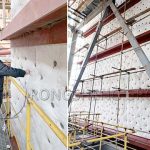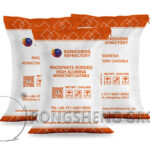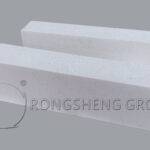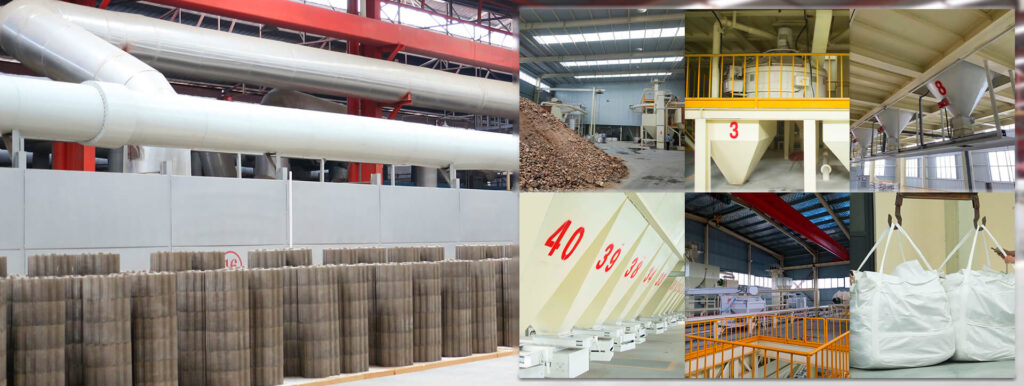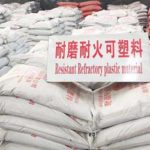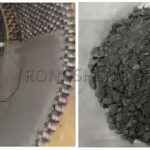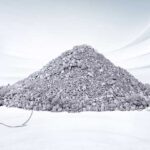(1) The workability of refractory plastics. -Generally, it is required that the refractory plastics should have high plasticity, and still after long-term storage has a certain degree of plasticity.
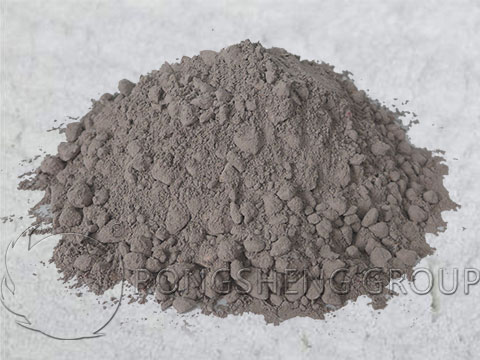
If the plasticity of the refractory plastic is not significantly reduced during its storage period, hydraulic binders cannot be used. If air hard for the sex binder, sealing measures must also be taken during storage. However, because some of the binding agents may still gradually condense, making refractory plasticity is gradually lost. When the water content of the plastics is relatively high, the water retention will decrease, which will cause the loss of water dispersion and make it hard. To keep the plasticity of refractory plastics remains unchanged for a long time in the storage process, and coagulation retarding measures must be taken.
- Hardening and strength of plastics. Ordinary plastics are fire-hardened. Since there is no chemical bonding agent, it is not sinteredthe strength of the former is very low, but at a constant temperature, the strength increases with the increase of temperature. After being sintered at high temperature, the cold state is strong The hot strength decreases as the temperature rises at high temperatures.
The strength of the refractory plastics with sodium silicate added changes quickly after construction. As long as the drying speed is properly controlled, it is not easy to produce shrinkage.
Cracks can be removed quickly after construction. The plastics containing this kind of binder are suitable for the construction of large kilns with a long period of time. and used in stove top and other places.
Aluminum phosphate is the most widely used thermosetting binder in plastics. After construction, drying and baking can get very good high strength.
- Shrinkage during heating of plastics. The plastic contains more clay and water, and it has been heated in dry and high temperatureduring the process, there is often a great contraction. If the plastic without swelling aid shrinks by about 4%, it will be produced when the temperature is above 1000C obvious shrinkage, the total shrinkage in the temperature range of 1100~1350C can reach about 7%.–Generally speaking, because plastic contains a considerable amount of clay, its deformation under high temperature load is generally less than that of others.
The shaped refractory material is high. Therefore, its volume stability is often regarded as an important technical index, and as the main internal quality classification.
If there are national regulations: the shrinkage rate of the high-grade clay refractory plastic after being heated to 1400C and cold should not be greater than 4%; special grade
The shrinkage of the viscous plastic after being heated to 1600C and cold should be less than 2.5%.
(4) Thermal shock resistance of plastics. Compared with sintered refractory products of the same material and other unshaped refractory materials, it can refractory plastics have better thermal shock resistance. Due to the high thermal shock resistance of refractory plastics, it is suitable to be used in places with large temperature fluctuations

